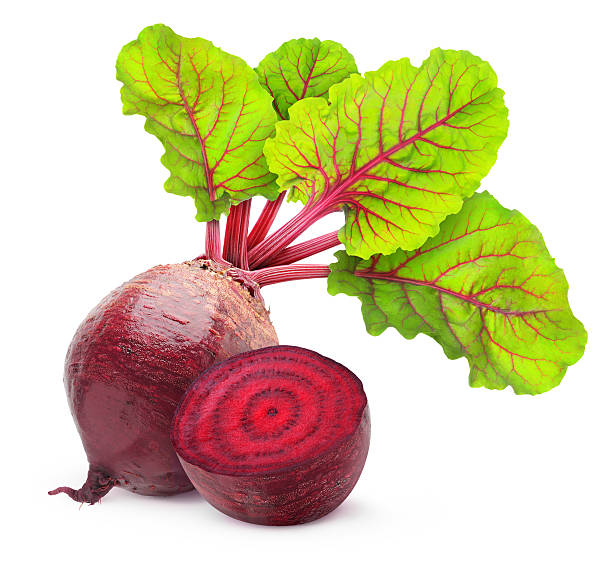
Shielding Beets: Pest Solutions
Share
Introduction
The vibrant beetroot, a culinary delight enjoyed roasted, pickled, or borschtbound, can sometimes be plagued by unwelcome.But fear not, beet enthusiasts!.This blog equips you with the knowledge to become a champion of beetroot pest control, ensuring a healthy crop and delicious harvests.

Common Beetroot Pests
Flea Beetles:
These tiny, jumping insects leave characteristic holes in leaves, giving them a “shot-up” appearance .

Leafminers:
The larvae of these moths tunnel within beetroot leaves, creating white or brown trails and hindering plant growth .

Cutworms:
These caterpillars sever young beetroot plants at the soil line, causing wilting and collapse .

Building a Stronghold: Natural Defenses for Your Beetroot
Promote Beneficial Insects:
Attract ladybugs, lacewings, and predatory mites that feed on harmful pests. Plant flowering herbs like dill or cilantro near your beetroot patch to create a habitat for these beneficial insects.
Monitor Regularly:
Regularly inspect your beetroot plants for signs of pest infestation. Early detection is crucial for effective control.
Row Covers:
Use floating row covers made of mesh to physically exclude pests from reaching your beetroot plants.
Crop Rotation:
Practice crop rotation with non-root vegetables like lettuce or tomatoes to disrupt the life cycles of soil-borne pests.
Encourage Healthy Growth:
Ensure your beetroot plants receive adequate water and nutrients to promote strong, healthy growth, making them more resistant to pests.
Organic Options for a Gentle Touch
For specific pests, organic options like neem oil sprays or insecticidal soap might be effective.However, always prioritize preventative measures and consult a gardening expert for recommendations on the most suitable organic options for your situation.

When Chemical Control Becomes Necessary
If a severe outbreak occurs and organic methods fail, consider using an insecticide specifically labeled for beetroot.However, this should be a last resort.Always prioritize natural methods and consult a gardening expert for recommendations on the most suitable insecticide for your situation. Remember to follow label instructions carefully when using any chemical product.

Conclusion
By employing these pest management strategies, you can create a healthy environment for your beetroot to thrive. Remember, prevention is key!.With a watchful eye, natural controls, and proper care, you can ensure a bountiful harvest of these ruby-red

